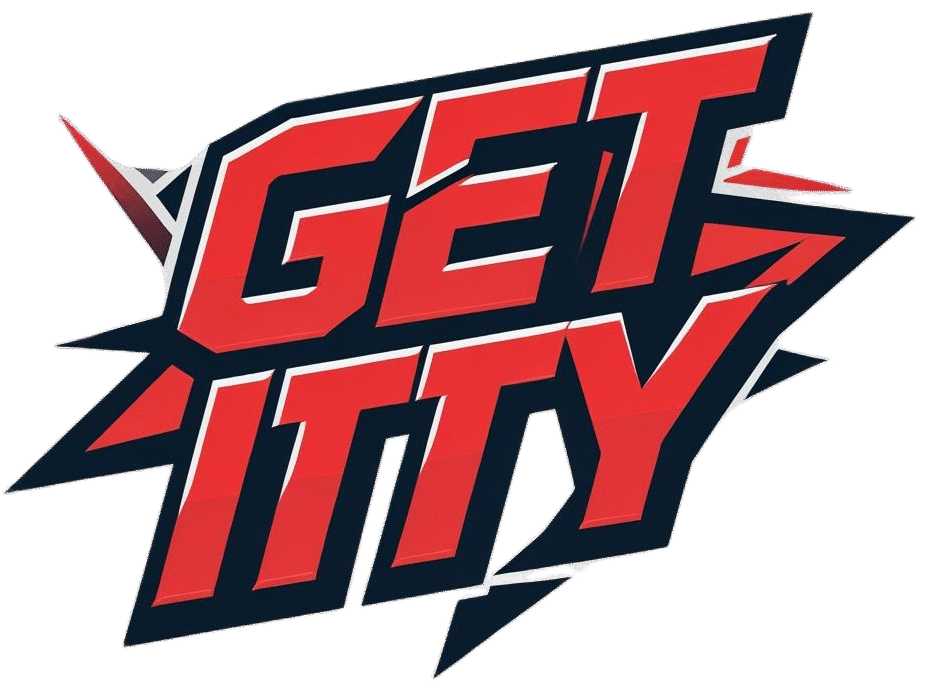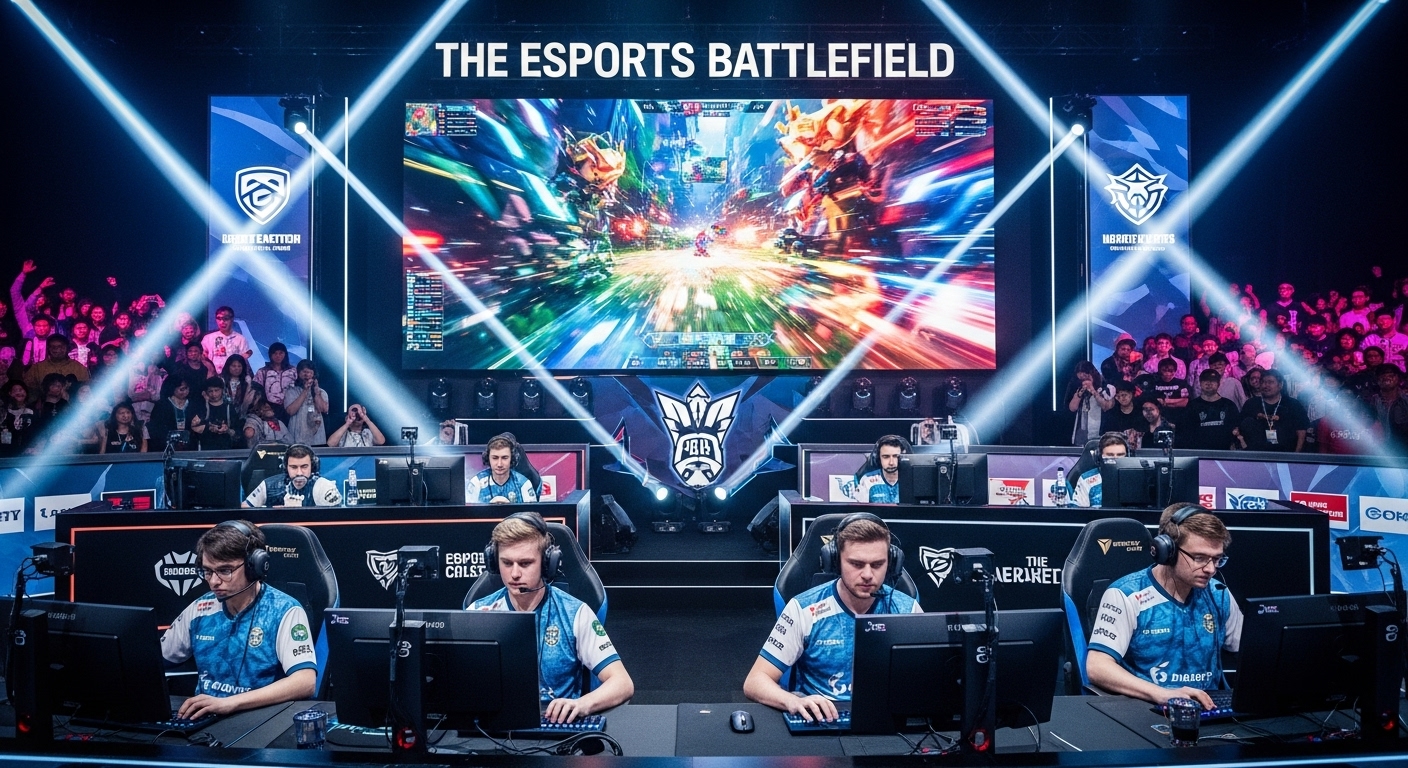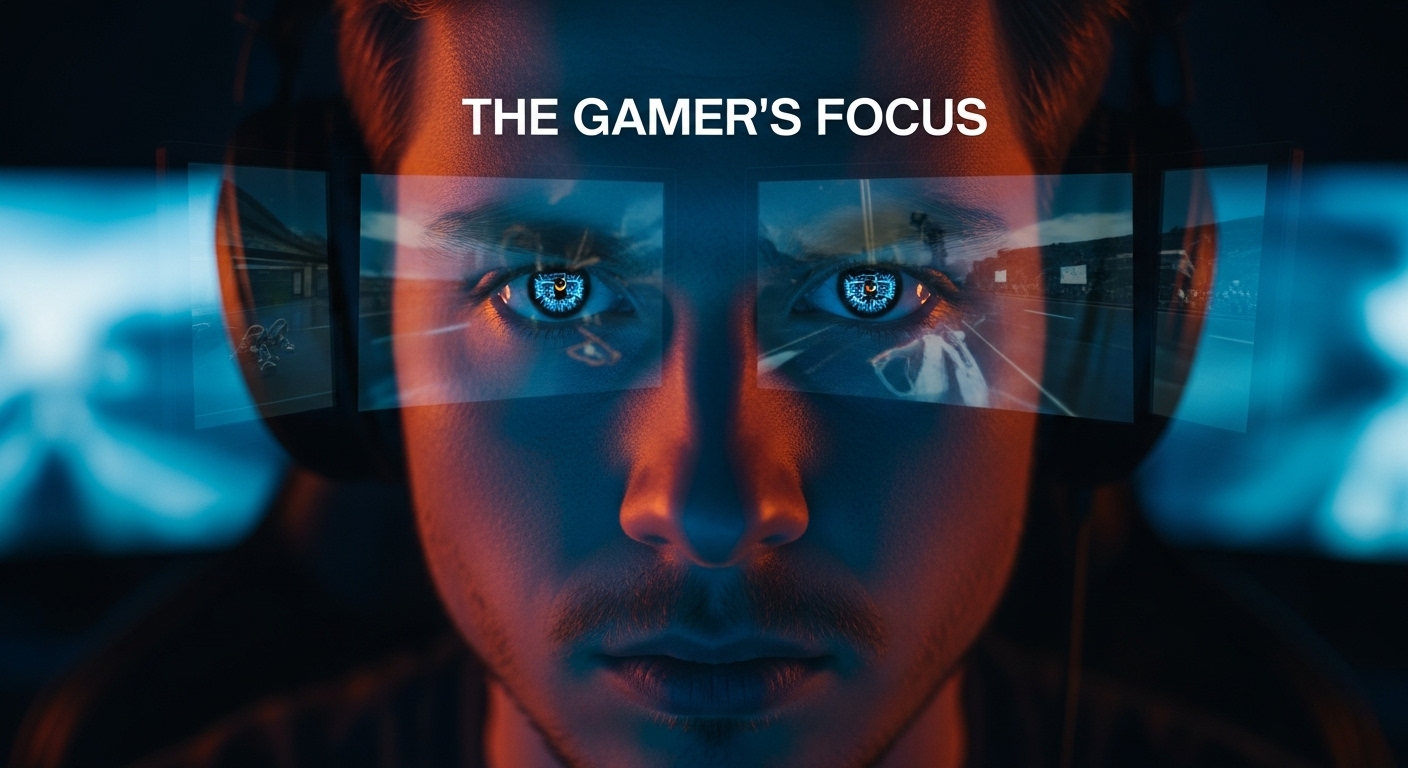Introduction: From Basement Battles to Global Arenas
There was a time when video games were seen as nothing more than a pastime — something you did after school, on weekends, or when you needed to escape reality for a bit. Fast-forward to today, and gaming has evolved into a full-fledged sport, watched and celebrated by millions around the world. This transformation gave birth to what we now call Esports, short for electronic sports — organized, competitive video gaming played professionally.
What started as friendly neighborhood competitions has grown into an industry worth billions, complete with celebrity players, professional teams, massive audiences, and sponsorship deals that rival traditional sports. Esports has rewritten the rulebook for entertainment, community, and career opportunities in the 21st century.
The Early Days: A Quiet Revolution
The story of Esports begins long before the internet era. The first recorded video game competition took place in 1972 at Stanford University, where students played “Spacewar” for a prize of a year’s subscription to Rolling Stone magazine. While modest by today’s standards, that event planted the seed of competitive gaming culture.
The 1980s saw the rise of arcade games like Pac-Man and Donkey Kong, where players chased high scores and recognition. In 1982, the “Space Invaders Championship” attracted thousands of participants across the United States, signaling that gaming had potential beyond home entertainment.
But it wasn’t until the 1990s that Esports started gaining structure. Titles like Street Fighter II, Quake, and StarCraft became battlegrounds for early tournaments. LAN parties — where players physically connected computers in the same room — were the precursors to today’s massive online competitions.
The Internet Era: Turning Play into Profession
The late 1990s and early 2000s marked the true birth of professional Esports. The internet made it possible for players from different parts of the world to compete in real time. South Korea led the charge, establishing dedicated TV channels to broadcast StarCraft matches. Players like Lim Yo-hwan, known as “BoxeR,” became national icons, proving that gamers could be stars too.
In the West, games like Counter-Strike, Warcraft III, and Halo cultivated communities and competitive leagues. Companies began to see Esports as a viable business opportunity, and tournaments started offering serious cash prizes.
The formation of organizations like the Cyberathlete Professional League (CPL) and the World Cyber Games (WCG) in the early 2000s helped solidify Esports as a legitimate competitive field. What once looked like a niche hobby had now found its professional footing.
The Streaming Boom: A Game-Changer
The next major evolution came with streaming platforms like Twitch and YouTube. Before streaming, fans relied on recorded clips or text-based updates to follow their favorite players. Live streaming changed everything. It turned gaming into a social experience — one where anyone could tune in, chat, and cheer in real time.
Twitch, launched in 2011, became the heartbeat of Esports. Players could now broadcast their gameplay to millions, building personal brands and connecting directly with their audiences. This accessibility fueled the rapid expansion of Esports viewership.
It wasn’t just the professionals anymore — streaming gave rise to influencers, content creators, and hybrid roles between entertainer and athlete. The lines between Esports and general gaming entertainment blurred, but the result was clear: gaming had gone mainstream.
Popular Esports Titles: The Games that Built an Empire
Not all games are fit for Esports. Competitive gaming thrives on balance, strategy, and audience appeal. Over the years, a handful of titles have defined the landscape.
League of Legends (LoL)
Developed by Riot Games, League of Legends is one of the most successful Esports titles in history. Its combination of teamwork, skill, and strategy has made it a staple of international competition. The annual World Championship draws millions of viewers — sometimes more than major sporting events.
Dota 2
A spiritual successor to a mod of Warcraft III, Dota 2 carved its place through The International — an annual tournament known for its record-breaking prize pools. Funded partly by the game’s community, The International has distributed tens of millions of dollars to players, raising the bar for competitive rewards.
Counter-Strike: Global Offensive (CS:GO)
Few games have had the lasting impact of CS:GO. Since its early versions, Counter-Strike has been synonymous with tactical team play, precision, and intensity. Its tournaments, such as the Majors, continue to attract die-hard fans and new players alike.
Fortnite
When Fortnite exploded in 2017, it changed the Esports audience landscape. Its colorful graphics, fast-paced gameplay, and massive popularity among younger players made it a cultural phenomenon. Epic Games capitalized on this by hosting high-profile tournaments, including the Fortnite World Cup, with multimillion-dollar prizes.
Overwatch, Call of Duty, and Valorant
Titles like Overwatch and Call of Duty added structure through franchise-based leagues, mimicking traditional sports systems with city-based teams. Valorant, also from Riot Games, emerged as a modern favorite, blending elements from tactical shooters with stylish design and global reach.
Esports as a Career: Beyond Just Playing
Contrary to popular belief, Esports isn’t just about playing games. It has built an entire ecosystem of careers around it — from coaching and commentary to marketing, production, and event management.
Professional Players
These are the face of Esports. Like traditional athletes, they train daily, analyze gameplay, and follow strict routines to stay competitive. Their careers can be short due to the intense nature of gaming, but top players often earn salaries, sponsorships, and tournament winnings that rival professional athletes.
Coaches and Analysts
Behind every successful team is a staff of strategists, data analysts, and performance coaches. Their job is to break down gameplay, identify weaknesses, and refine team synergy.
Casters and Commentators
Esports commentary has become an art of its own. Commentators bring energy and storytelling to matches, helping audiences understand the tactics and intensity behind every play.
Event Organizers and Producers
Running an Esports event requires coordination between production crews, sponsors, and tech teams. The production quality of major Esports tournaments now rivals that of major TV broadcasts.
Marketing and Business Roles
With brands like Intel, Red Bull, and Adidas investing in Esports, the need for professionals in marketing, partnerships, and media management has skyrocketed. Esports organizations now operate much like entertainment companies.
Global Growth: Esports Around the World
Esports isn’t limited to a single region — it’s a global phenomenon. Different parts of the world have cultivated unique cultures around competitive gaming.
Asia: The Heartbeat of Esports
South Korea is often called the birthplace of modern Esports. With government support, dedicated infrastructure, and a passionate fan base, the country has produced some of the best players in history. China, too, has grown into a major Esports powerhouse, especially in League of Legends and Dota 2.
North America: The Business Hub
While Asia dominates in skill and infrastructure, North America has become the commercial center of Esports. The U.S. and Canada have hosted some of the most high-profile tournaments, with strong investment from traditional sports organizations and celebrities.
Europe: The Strategic Powerhouse
Europe has long been home to some of the most disciplined teams in games like CS:GO and Dota 2. Nations such as Sweden, Denmark, and Germany have built strong Esports communities, often blending local culture with global competition.
The Middle East, Africa, and South America: Emerging Frontiers
Regions like the Middle East and South America are seeing rapid growth in Esports participation and infrastructure. Governments and private companies are beginning to invest in gaming arenas and educational programs, recognizing Esports as a potential driver of youth engagement and innovation.
The Culture of Esports: A New Kind of Fandom
Esports fans are different from traditional sports fans, yet the passion is the same. Instead of jerseys and stadiums, Esports fandom thrives online — through streams, social media, and digital events.
Fans follow their favorite teams, create fan art, and participate in community discussions. The interactivity between players and fans is a defining feature of Esports. Many players stream their personal practice sessions, offering fans an intimate glimpse into their process — something unheard of in most sports.
Community-driven events, cosplay, and memes have turned Esports into a cultural movement. Gaming isn’t just something people watch; it’s something they actively participate in.
The Economics of Esports: Big Money in Digital Arenas
The business of Esports is booming. According to industry estimates, global Esports revenues have crossed the billion-dollar mark, with millions more in sponsorships, advertising, ticket sales, and media rights.
Revenue Streams
- Sponsorships – The biggest source of income, as brands aim to reach younger, tech-savvy audiences.
- Media Rights – Esports broadcasts are now sold to major streaming and TV networks.
- Merchandise and Tickets – Fans buy team jerseys, digital items, and pay for live event access.
- Advertising and Content Creation – Esports integrates seamlessly with digital marketing, often through influencer campaigns and brand partnerships.
Even universities have joined the movement, offering scholarships for Esports athletes and developing official teams.
The Challenges: Growing Pains of a Young Industry
Despite its success, Esports faces several challenges.
Player Burnout
Professional players face intense schedules, sometimes practicing 10 to 12 hours a day. This can lead to physical and mental health issues, making career longevity a concern.
Lack of Regulation
Unlike traditional sports, Esports lacks a unified governing body. Rules vary between games and regions, creating inconsistencies in player rights, contracts, and tournament standards.
Gender and Diversity Issues
While gaming is universal, professional Esports has long struggled with inclusivity. Female players and marginalized communities are often underrepresented or face online harassment. Efforts are underway to create safer, more inclusive spaces.
Financial Sustainability
Not all organizations or games are profitable. The industry still relies heavily on investor funding and sponsorships. As the market matures, finding stable, long-term business models remains a challenge.
The Role of Technology: Fueling the Esports Engine
Technology is the lifeblood of Esports. High-speed internet, gaming PCs, and streaming platforms make the experience possible. Advances in virtual reality (VR), augmented reality (AR), and AI-driven analytics are shaping the future of competitive gaming.
Cloud gaming may soon eliminate the need for expensive hardware, allowing more people to participate. Meanwhile, 5G networks are expected to enhance mobile Esports, expanding accessibility even further.
Esports and Education: From Hobby to Curriculum
Many educational institutions now recognize Esports as a legitimate academic pursuit. Universities offer degrees in game design, Esports management, and digital media. High schools have Esports clubs, teaching teamwork, strategy, and communication.
The integration of Esports into education has also opened discussions about digital wellness — teaching students to balance screen time with healthy habits while still pursuing competitive gaming.
Esports and Traditional Sports: Rivals or Partners?
For years, traditional sports dismissed gaming as “not real competition.” That narrative has changed. Major sports leagues and teams have embraced Esports, investing in their own gaming divisions. The NBA’s 2K League, FIFA tournaments, and Formula 1 Esports series all blend physical sports with their digital counterparts.
This crossover has created a bridge between two audiences — one rooted in tradition, the other in technology. The future might not be a battle between sports and Esports but a collaboration where both complement each other.
The Future of Esports: Beyond the Screen
Looking ahead, Esports is set to grow even more deeply embedded in culture and entertainment. New technologies like VR Esports could redefine what competition looks like, while blockchain might introduce new ways to handle digital ownership, player contracts, and event funding.
Esports arenas are popping up around the world, serving as landmarks of digital culture. Cities are hosting tournaments the same way they host concerts or sporting events. The possibility of Esports being included in the Olympic Games — once unthinkable — is now being seriously discussed.
Conclusion: More Than Just Games
Esports is no longer a fringe activity or a hobby for enthusiasts. It’s a reflection of how technology, entertainment, and community have fused into something bigger. It has built careers, inspired innovation, and connected millions across borders.
At its core, Esports represents the modern human story — a story of competition, creativity, and connection in a digital age. Whether you’re a player, a fan, or just curious, one thing is certain: the game has only just begun.



